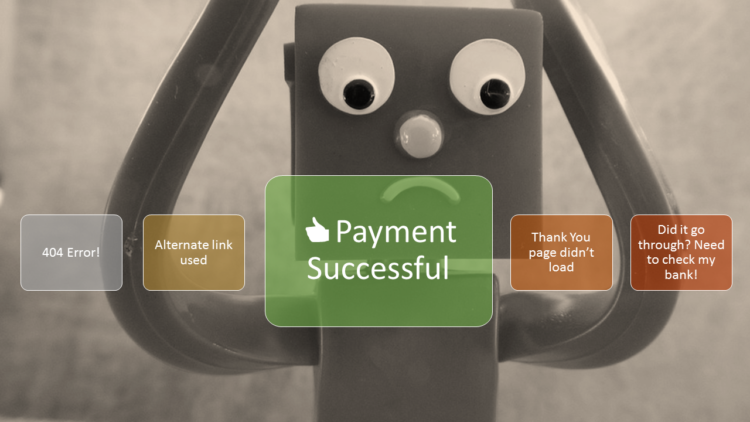
A client was really excited to share something:
“We have finally done all our process maps!”
She was the newly appointed customer service director, and she had heard mapping was important.
Several months later, and they had stacks of pages of process flows outlining what they believed to be the processes which interacted with customers. They included scenarios like “Sending Customers to Tier 2 Support” and “Sending First Invoice and Receiving First Payment From Customer.”
I had to be the bad cop. It’s not always fun, but it has to be done.
These were not customer-focused process maps.
They were internal only. There was nothing about what the customer was experiencing. The customer doesn’t care about Tier 2 Support or any of your processes, quite frankly.
We revisited the maps with an eye toward what was actually happening from the customer’s perspective. And the gaps became very obvious. There was a total lack of understanding about the real customer journey. The processes were mapped well but lacking any cohesion. The customer’s actual, non-linear and personalized journey was not represented.
Then this client wanted to do what many want to jump into – mapping out the ideal customer experience. Hold on there, hot foot! Let’s figure out what’s actually happening to your customers first. And why don’t we ask them how they feel about it?

How would you know what to improve if you jumped into mapping the ideal customer journey?
Make sure you truly understand your customer’s journey today so you can improve it tomorrow. Sometimes it’s great to start with a blank white board and really re-think the customer experience from the ground up. But if you know you can’t throw out the entire experience, it’s important to know what to improve.
Mapping is important, but it’s one piece of a much larger puzzle. And process maps, the more familiar version of maps in many organizations, are typically a bit easier to complete. They have boxes and lines and end with a finite finish line. “Hurrah! The customer arrives at Tier 2 Support!”
Customers, at least for now, continue to be human.
This means they come with all the emotion and complexity of humans. They don’t believe their journey has ended with Tier 2 support. What they do know, however, is how there was an issue that required support in the first place. They do know how they were put on hold for an excruciating amount of time. They do know how being transferred for the third time to Tier 2 Support means they have to explain their issue one more time and repeat the answers to the same questions they were already asked.
They know their day has been ruined.
That’s right. Your process flows, in all their wisdom, still ruined someone’s day. Someone who had plans to take a walk or finish up a project or heck, catch up on some Netflix watching. Whatever they had planned for that ten or twenty or sixty minutes – your process stole that from them.
Process maps are not wrong or bad, but they aren’t enough. One side of the equation only tells you a bit about what’s happening. Flip those maps over and make sure you understand what’s really happening to your customers. Ask yourself the hard questions, like “is this easy?” And “how would I feel?” as you consider why these processes are needed in the first place.
If your answers are “that would be difficult” and “I’d feel frustrated,” then it’s time to really think hard about those processes you are mapping.



